OISTAT was founded in Prague in 1968. It stands for “Organisation Internationale des Scénographes, Techniciens et Architectes de Théâtre” in French, and “International Organisation of Scenographers, Theatre Architects and Technicians” in English. OISTAT is a global network for theatre practitioners celebrating design, technology and architecture in live performances.
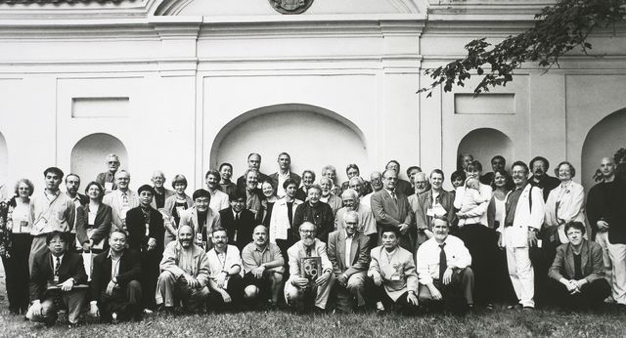 1999 Congress in Prague, Czech Republic
1999 Congress in Prague, Czech Republic
In 1968, OISTAT was founded in Prague enabling the exchange of ideas from both sides of
the Iron Curtain. Originally the organization’s name was Organisation Internationale des
Scénographes et technicians de Théatre-OISTT/OISTT. In 1985, the organization was
renamed International Organisation of Scenographers, Theatre Architects and Technicians
(OISTAT), to include theatre architects, who had already been in close cooperation with
many OISTT members.
The founding countries of OISTAT were Canada, Czechoslovakia, the Federal Republic of
Germany, the German Democratic Republic, Hungary, Israel, and the United States.
International Theatre Institute (ITI) was an important supporter of OISTAT.
With the collapse of the Iron Curtain in the early 1990s, OISTAT’s membership expanded with
new members from Latin America and Asia. OISTAT Secretariat relocated to Taipei, Taiwan
in 2006. Five years later, OISTAT Secretariat became OISTAT Headquarters to better
accommodate the organization’s continuous growth.
Continuing OISTAT’s mission into the first two decades of the twenty-first century, OISTAT
serves as a global platform facilitating international collaborations on events and
programmes, celebrating works from different regions around the world, and strengthening
professional networks for performance designers, theatre architects, theatre educators,
stage technicians, and performance researchers.stage technicians, and performance
researchers.
During the first OISTT international Congress in 1968, four commissions were established: Theatre Technology Commission, Theatre Architecture Commission, Scenography Commission (later changed to Performance Design Commission), and the Publication and Information Exchange Commission (later changed to Publication and Communication Commission.) In order to exchange ideas and knowledge between universities and promote collaborative international research, Education Commission and Research Commission were established in 1971 and 1976. Currently, OISTAT has six commissions to undertake the essential activities of the organization:
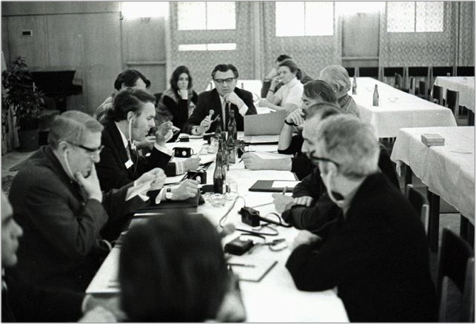
An additional four sub-commissions support Performance Design Commission’s activities through their specializations:
Prague Quadrennial (PQ) is one of the important partners of OISTAT. In the OISTAT’s early years, the World Congress was held often during PQ events due to both organizations shared professional networks. OISTAT’s Scenofest occurred during the Prague Quadrennial from 2003 to 2011. After 2013, Scenofest would become connected to World Stage Design.
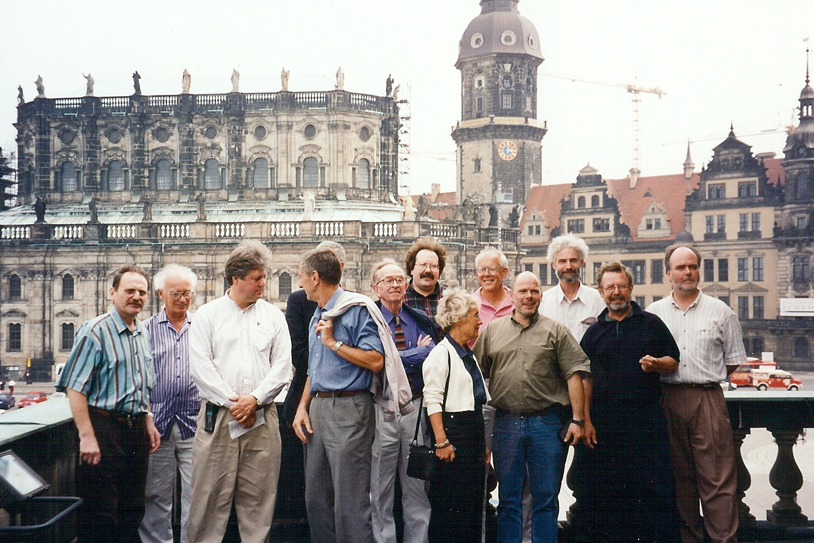
World Stage Design (WSD) is an OISTAT event held every 4 years that is comprised of 4 distinct components that are presented simultaneously:
Since its inception, World Stage Design has occurred in Toronto (2005), Seoul (2009), Cardiff (2013), and Taipei (2017).
WSD Design Exhibition and Competition
OISTAT founded World Stage Design in order to recognize the growing amount of
remarkable designers across the globe. World Stage Design emphasizes the individual
works designers, technicians, and theatre architects create by providing direct
opportunities for participation into the festival. This is in contrast with other festivals where
design works are selected and then exhibited by national or regional curatorial teams.
As separate international festivals, WSD and the Prague Quadrennial complement each
other’s efforts and inject new energy into the fields of performance design, theatre
architecture, performance research, and stage technology.
Scenofest
Scenofest’s name originates from the combination of the words “scenography” and
“festival”. Devised by renowned scenographer and educator Pamela Howard in 1994,
Scenofest is a festival celebrating scenography and engages professionals and students in
the field of theatre design with a wide range of seminars, workshops, thematic exhibitions,
performances, and presentations by leading practitioners in all areas of theater design and
stage technology.
Theatre Architecture Competition (TAC)
Organized by OISTAT’s Architecture Commission, TAC encourages the formulation of new
ideas about theatre architecture and interdisciplinary cooperation. Occurring every four
years since 1978, TAC is a competitive exhibition during recent World Stage Design events.
Technical Invention Prize (TIP)
The competition, initiated in 2011, invites theatre technicians worldwide to share simple and
smart solutions in everyday stage practice. All competition entries are published in a
catalogue as a reference for industry professionals and educators. OISTAT’s Technology
Commission awards the Technical Invention Prize during World Stage Design.
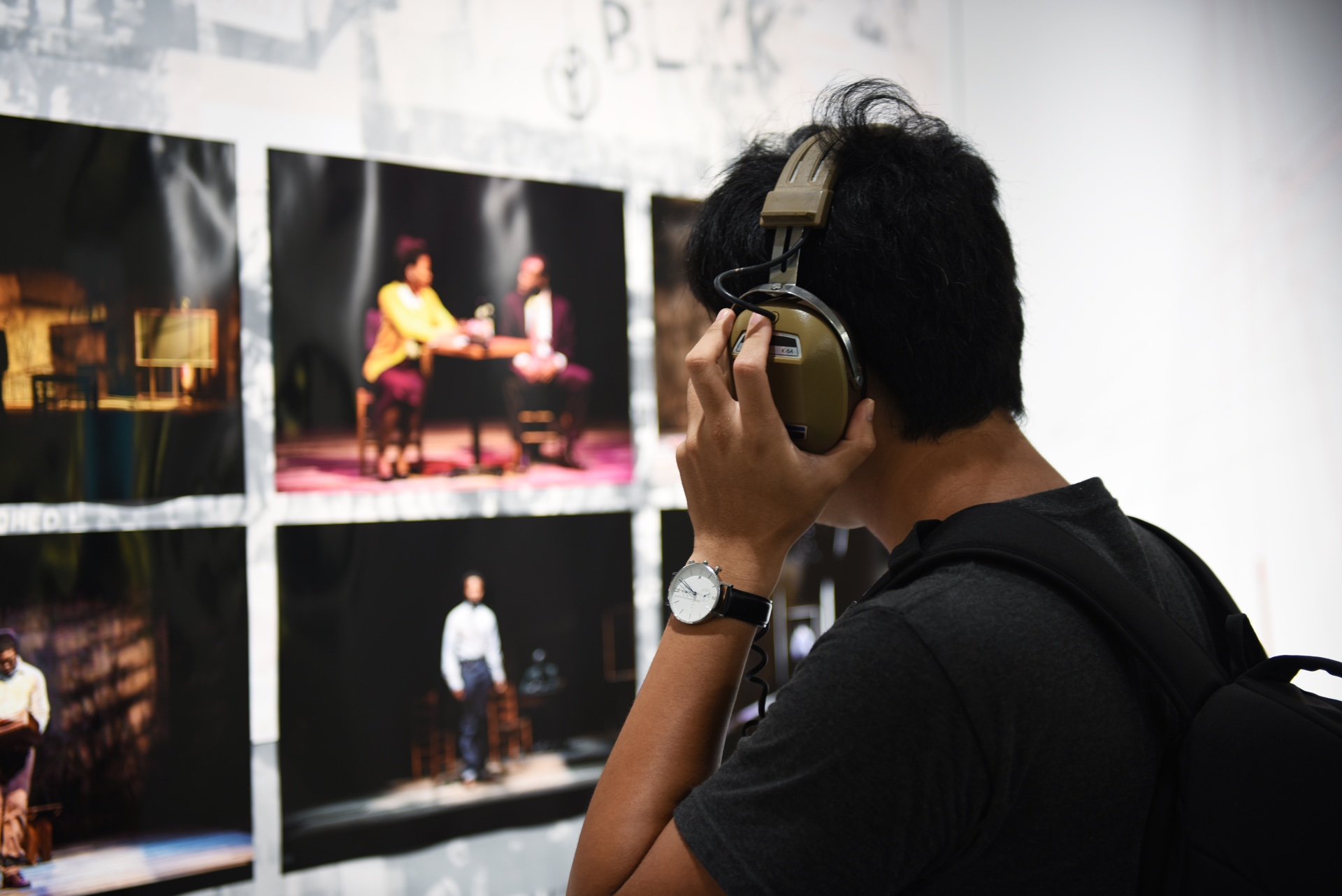
2017 World Stage Design in Taipei, Taiwan (Photo Credit: Flor Dias)
 1st President
1st PresidentWalter Unruh
Germany
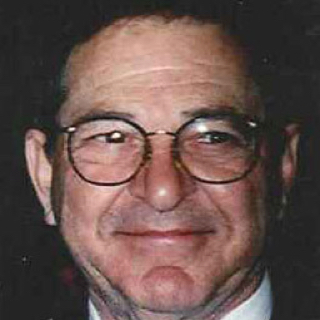 2nd President
2nd PresidentDr. Joël E. Rubin
United States of America
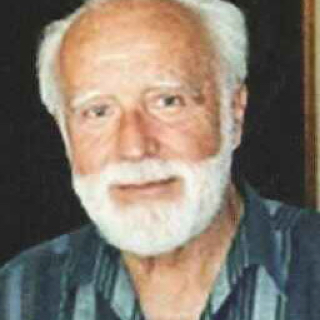 3rd President
3rd PresidentHelmut Grosser
United States of America
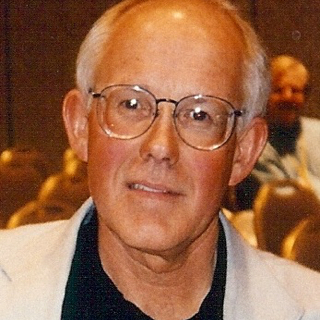 4th President
4th PresidentRichard Durst
United States of America
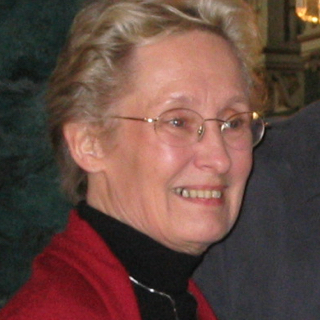 5th President
5th PresidentMaija Pekkanen
Finland
 6th President
6th PresidentMichael Ramsaur
United States of America
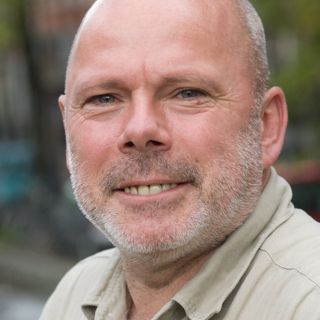 7th President
7th PresidentLouis Janssen
Netherlands
 8th President
8th PresidentBert Determann
Netherlands
 1st and 4th General Secretary
1st and 4th General SecretaryDr. Ota Ornest
Czech
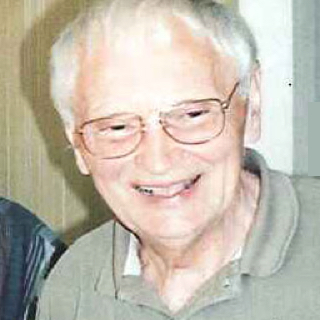 2nd General Secretary
2nd General SecretaryJosef Svoboda
Czech
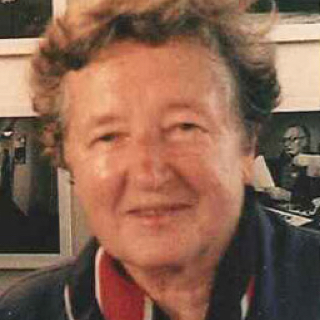 3rd General Secretary
3rd General SecretaryEva Soukupovǎ
Czech
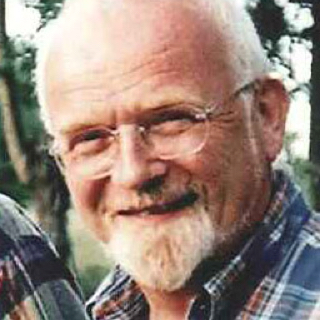 5th General Secretary
5th General SecretaryChris Lievaart
Netherlands
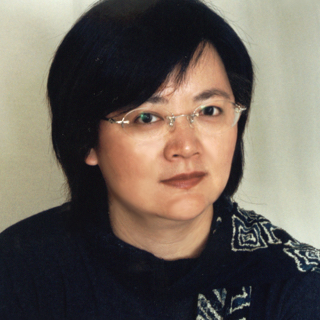 1st Executive Director
1st Executive DirectorWei-Wen Chang
Taiwan
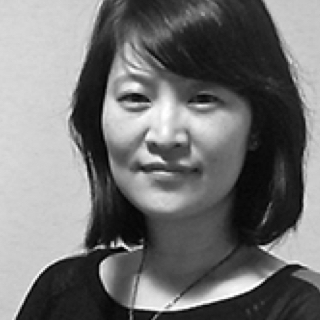 2nd Executive Director
2nd Executive DirectorKathy Hong
Taiwan